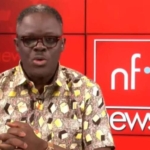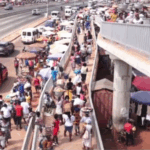
At the heart of Madina Zongo Junction, the footbridge arches gracefully over the bustling highway, a symbol of safety, structure, and civic intent. Elevated above the fray, it offers pedestrians a secure passage across one of Accra’s busiest thoroughfares.
But beneath its steel frame, a different reality unfolds. The ground level teems with disorder: hawkers jostle for space, vehicles weave unpredictably through gaps, and pedestrians dart across lanes, often ignoring the bridge entirely.
The contrast is stark: a structure built to instill order, overshadowed by the chaos it was meant to tame.
The structure is one of six footbridges constructed along the Madina–Adenta Highway in 2019, following a series of pedestrian knockdowns, including the tragic death of a West Africa Senior High School student in November 2018 — an incident that triggered public protests and compelled government intervention.
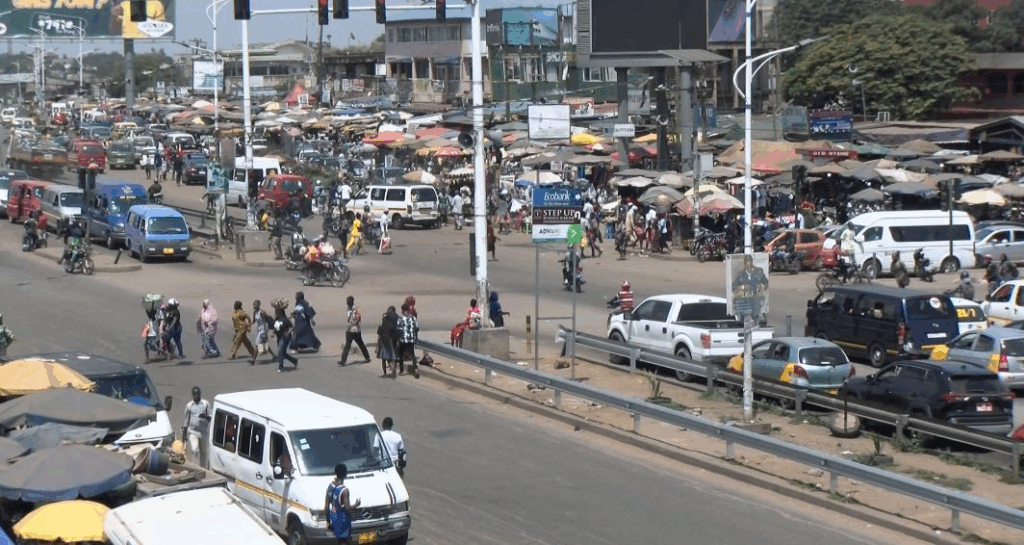
Yet six years on, little has changed. Each day, dozens of pedestrians brave the speeding traffic, choosing the quicker route across the highway instead of using the bridge designed to protect them.
According to data from the Motor Traffic and Transport Department (MTTD), more than 100 pedestrians were arrested at Madina Zongo Junction within the first few weeks of enforcement in 2019 for refusing to use the bridge. Despite repeated education, the disregard continues.
In spite of the safety risks, many pedestrians still cross busy roads directly, choosing convenience over caution. Several individuals who spoke to JoyNews on condition of anonymity admitted that climbing the footbridge is tiring. Others complained that the bridge is either too long or located far from their preferred crossing point. “I know it’s dangerous, but it saves me time,” one pedestrian said.
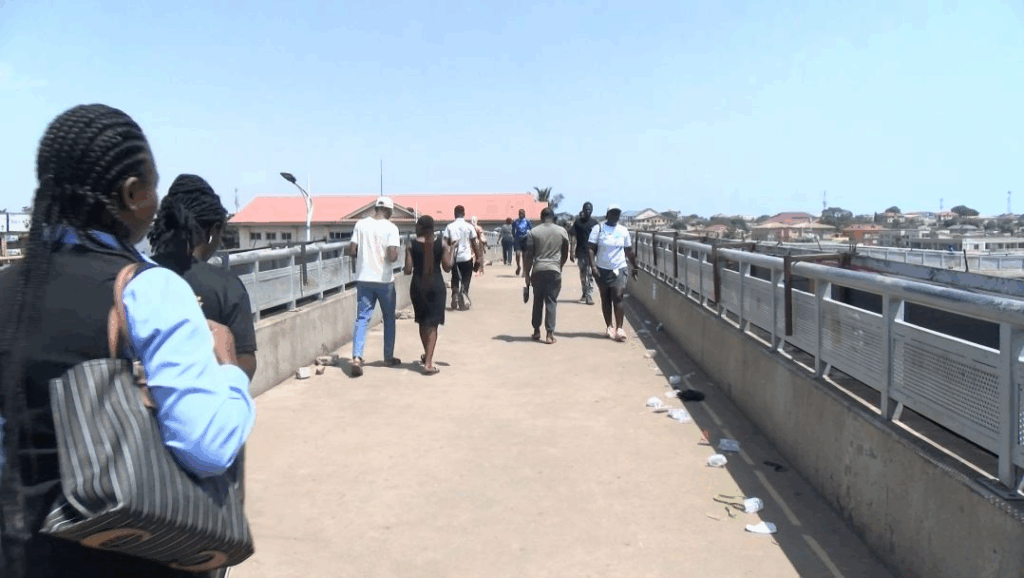
Despite widespread disregard for pedestrian infrastructure, not all commuters ignore the footbridge. Some pedestrians interviewed by JoyNews while using the structure shared their reasons, emphasising safety, awareness, and the need for public education.
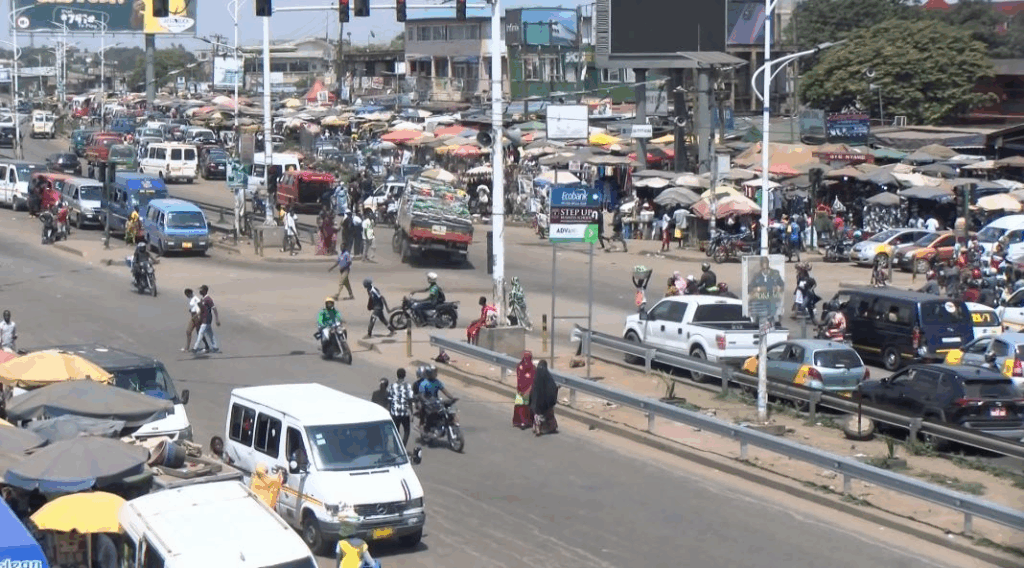
“I don’t want to die. The best option is to use the footbridge because it’s safer that way,” said Victoria Dumautia, a commuter who chose caution over convenience.
Another pedestrian, Pastor Godwin, remarked, “Many people cross the road because they don’t understand the purpose of the footbridge. Not using it shows a lack of wisdom. I use the bridge because it’s a secure and safe way to protect my life.” He concluded that education and enforcement are key to changing behaviour.
Echoing similar concerns, Nicholas Sakwa shared, “One evening I witnessed a car knock down a gentleman at the Masalachi area. Though some say the footbridge is long, safety comes first.”
Until enforcement is strengthened and public attitudes change, the footbridge may remain both a symbol of safety and a stark reminder of neglect—towering above lives risked daily in the rush for convenience.



